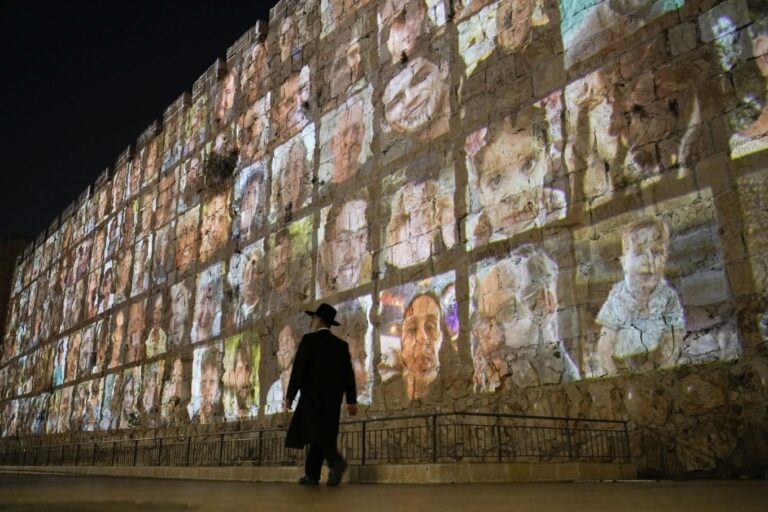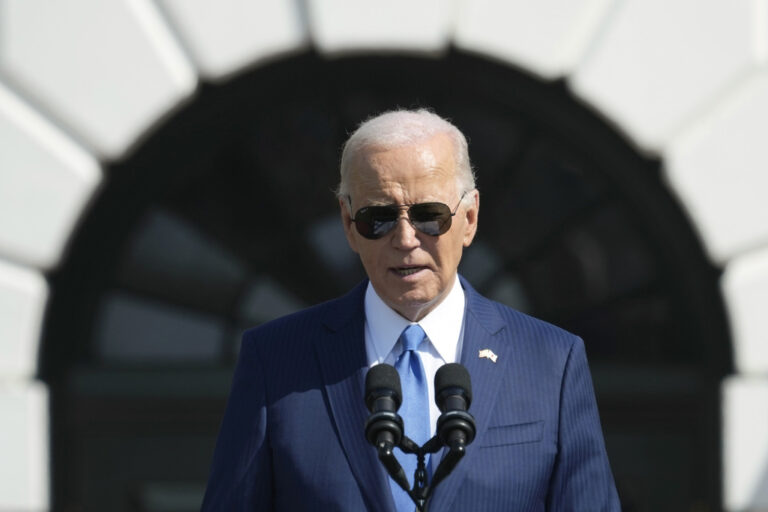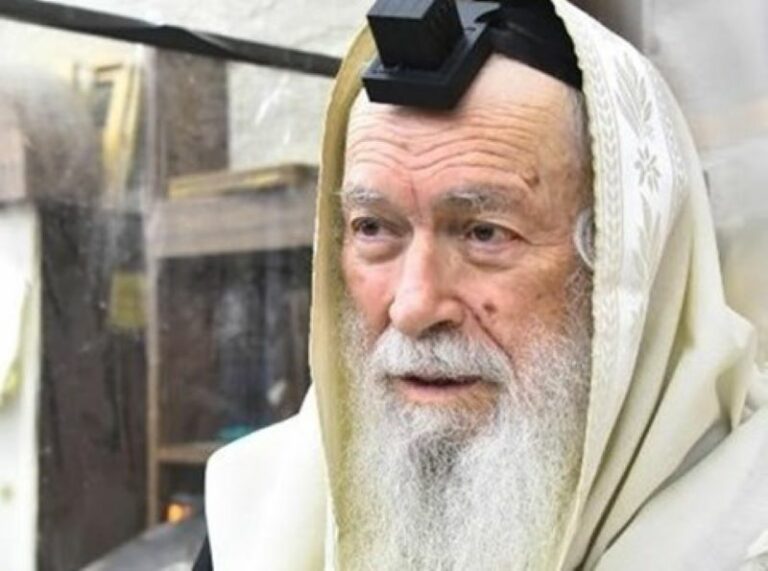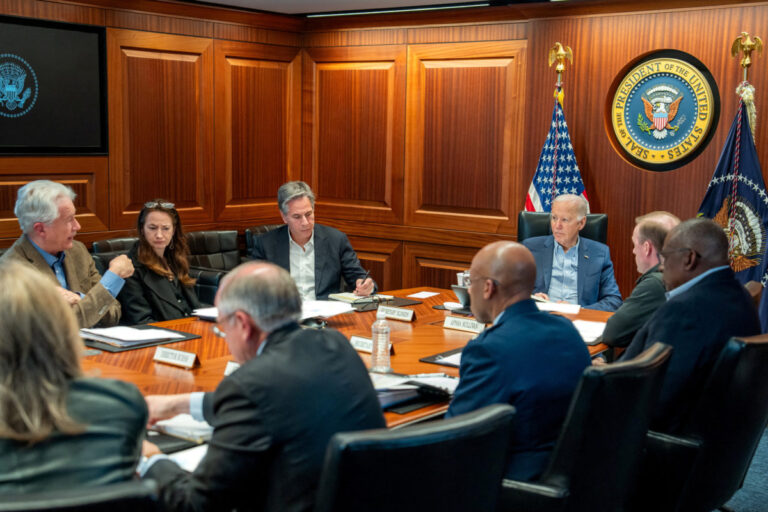 Mayor de Blasio and Fire Commissioner Daniel Nigro announced yesterday the successful completion of the GetAlarmedNYC smoke/CO alarm giveaway and fire safety education outreach. More than 100,000 alarms were distributed to tens of thousands of New Yorkers across the five boroughs. The $4 million initiative was funded by the City of New York, the New York City Council, the FDNY Foundation, the American Red Cross, and device manufacturer Kidde. Also announced yesterday was a 9% decline in serious fires citywide, improved response times to fires and medical emergencies, and the fewest fire deaths on record in New York City’s history.
Mayor de Blasio and Fire Commissioner Daniel Nigro announced yesterday the successful completion of the GetAlarmedNYC smoke/CO alarm giveaway and fire safety education outreach. More than 100,000 alarms were distributed to tens of thousands of New Yorkers across the five boroughs. The $4 million initiative was funded by the City of New York, the New York City Council, the FDNY Foundation, the American Red Cross, and device manufacturer Kidde. Also announced yesterday was a 9% decline in serious fires citywide, improved response times to fires and medical emergencies, and the fewest fire deaths on record in New York City’s history.
“The decrease in serious fires and fire-related deaths in the City is a testament to the effectiveness of our outreach and educational programs like GetAlarmedNYC,” said Council Member Chaim M. Deutsch. “I’m proud to have been a proponent of GetAlarmedNYC in the Council, working with Speaker Melissa Mark-Viverito to ensure that we allocated $1 million towards the initiative. In total, $4 million and contributions from the NY Red Cross and Kidde meant that we were able to distribute more than 100,000 alarms throughout the five boroughs. In my district alone, we outfitted thousands of homes with free smoke/CO alarms, educated residents about the importance of developing a fire plan with their family, taught parents and grandparents CPR and the Heimlich Maneuver, and did countless outreach events distributing materials to children and adults to increase their fire safety awareness. I am grateful to Mayor de Blasio, Speaker Mark-Viverito, Fire Commissioner Daniel Nigro, the Red Cross, Kidde, and my colleagues in government for their partnership in achieving what we set out to accomplish with Get Alarmed NYC. Most of all, I applaud the dedication and bravery of the men and women of the FDNY, and I thank them for the incredible work they do every day.”
CIVILIAN FIRE DEATHS
The 48 fire deaths in 2016 represented a 19 percent decline from 2015, when there were 59 deaths, continuing a trend over the last decade with fewer than 100 deaths annually in the city. The deadliest year in New York City for fires was 1970, when 310 people died.
The causes of last year’s fire deaths, as determined by Fire Marshals, are as follows:
Electrical 14 (power strips and/or extension cords accounted for fires in 9 deaths)
Smoking 12
Cooking 11
Incendiary 3
Open flame 2
Incense 2
Liquid/gas ignition 2
Hot object 1
Under investigation 1
DECREASES IN SERIOUS, STRUCTURAL AND NON-STRUCTURAL FIRES
There were 2,313 serious fires in 2016 compared to 2015, when there were 2,545 (232 fewer for a decline of 9.1 percent). Serious fires escalate to the point of requiring a full one-alarm assignment or higher (i.e., multiple alarm), consisting of a dozen fire units to respond, conduct search/rescue operations and extinguish the fire.
There were 26,491 structural fires in 2016 – down 3.3 percent from 2015 when there were 27,403. Structural fires occur in buildings of all types and involve an incipient fire, without escalation to a serious fire, as described above.
Fire units responded to 18 percent fewer non-structural fires in 2016 compared to 2015 (14,734 in 2016 versus 18,073 in 2015) – or 3,339 fewer fires.
RECORD HIGH NUMBER OF EMS INCIDENTS
FDNY EMS responded to a new record high number of medical emergencies in 2016 – 1,440,268 – up slightly from 2015 when they answered 1,435,315 calls, or a 0.3% increase.
EMS responses fall into one of two broad categories – Segment 1-3 which include life-threatening emergencies such as cardiac arrest, unconscious and choking calls, and Segment 4-8 incidents which are triaged as non-life-threatening incidents.
FDNY EMS responded to 562,382 Segment 1-3 calls in 2016 – down from 566,210 incidents in 2015, a less than 1 percent decline.
EMS responded to 877,886 Segment 4-8 incidents, up from 869,105 in 2015, a 1 percent increase.
FASTER RESPONSE TIMES
End-to-end Fire unit response times were 5 seconds faster on average to structural fires that are reported through the 911 system in 2016 than in 2015 (4:52 versus 4:57).
End-to-end EMS response times were 21 seconds faster on average to Segment 1-3 calls (8:59 in 2016 versus 9:20 in 2015).
End-to-end combined response times to Segment 1-3 medical emergencies (where either a fire unit or EMS ambulance responded) improved 18 seconds (8:08 in 2016 versus 8:26 in 2015).
(YWN Desk – NYC)





